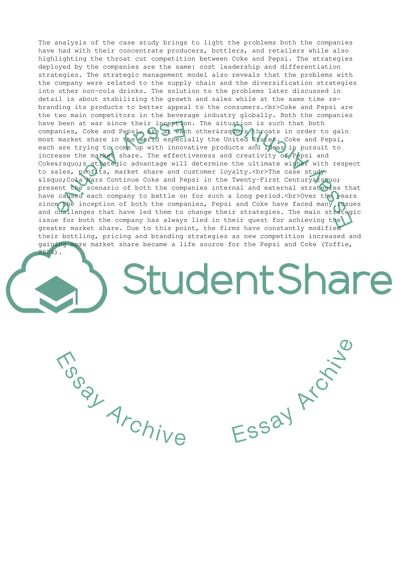Cite this document
(“Coke and Pepsi War Article Example | Topics and Well Written Essays - 3000 words”, n.d.)
Coke and Pepsi War Article Example | Topics and Well Written Essays - 3000 words. Retrieved from https://studentshare.org/business/1559034-coke-vs-pepsi-extended-case-study
Coke and Pepsi War Article Example | Topics and Well Written Essays - 3000 words. Retrieved from https://studentshare.org/business/1559034-coke-vs-pepsi-extended-case-study
(Coke and Pepsi War Article Example | Topics and Well Written Essays - 3000 Words)
Coke and Pepsi War Article Example | Topics and Well Written Essays - 3000 Words. https://studentshare.org/business/1559034-coke-vs-pepsi-extended-case-study.
Coke and Pepsi War Article Example | Topics and Well Written Essays - 3000 Words. https://studentshare.org/business/1559034-coke-vs-pepsi-extended-case-study.
“Coke and Pepsi War Article Example | Topics and Well Written Essays - 3000 Words”, n.d. https://studentshare.org/business/1559034-coke-vs-pepsi-extended-case-study.


